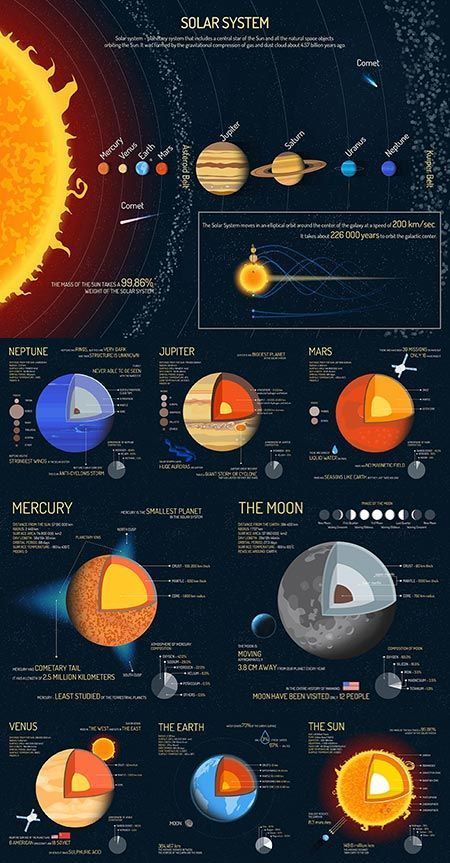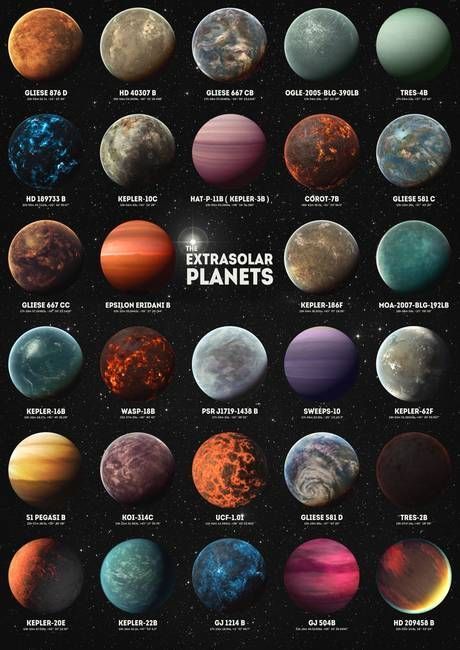#Solar System Exploration
Text






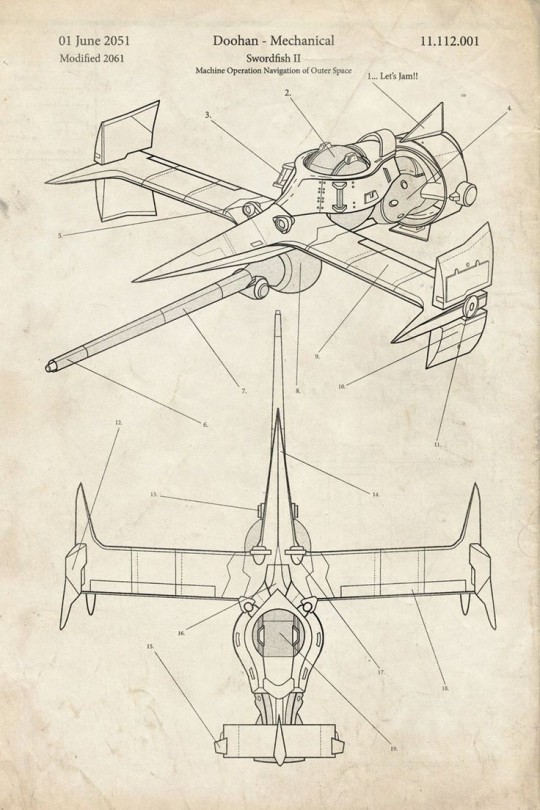

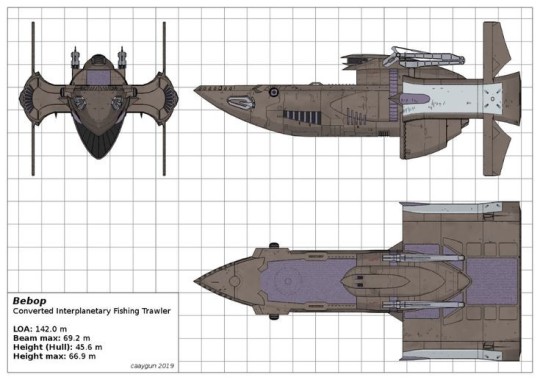

Cowboy Bebop, 1998
Created by Hajime Yatate
Directed by Shinichirō Watanabe
Studio Sunrise, Tokyo, Japan
#Cowboy Bebop#Space Western#Neo Noir#Anime#Manga#Art#Music#Jazz#Bebop#Space Opera#Cyberpunk#Existentialism#Loneliness#Environmentalism#Capitalism#Solar System Exploration#Ship#Space#Let's Jam!
110 notes
·
View notes
Text
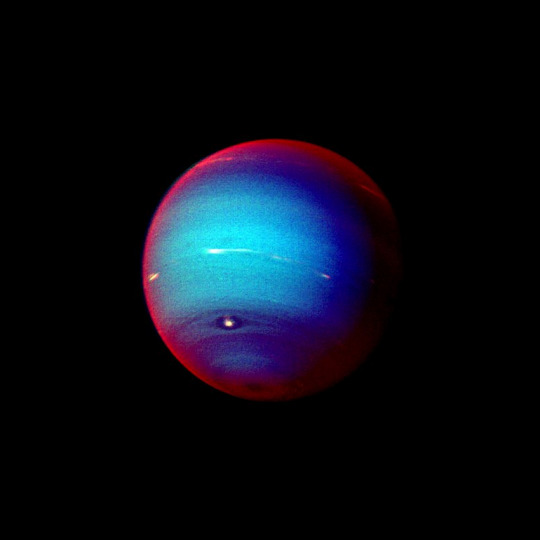
A Parting Shot
This false color photograph of Neptune was made from Voyager 2 images taken through three filters: blue, green, and a filter that passes light at a wavelength that is absorbed by methane gas. Thus, regions that appear white or bright red are those that reflect sunlight before it passes through a large quantity of methane. The image reveals the presence of a ubiquitous haze that covers Neptune in a semitransparent layer. Near the center of the disk, sunlight passes through the haze and deeper into the atmosphere, where some wavelengths are absorbed by methane gas, causing the center of the image to appear less red. Near the edge of the planet, the haze scatters sunlight at higher altitude, above most of the methane, causing the bright red edge around the planet. By measuring haze brightness at several wavelengths, scientists are able to estimate the thickness of the haze and its ability to scatter sunlight. The image is among the last full disk photos that Voyager 2 took before beginning its endless journey into interstellar space.
source
#found by kino#nasa#Solar System Exploration#Jet Propulsion Laboratory#Planets#jpl#neptune#voyager 2#planets#space#space photography#space aesthetic
0 notes
Text
Aditya L1 Mission - क्यों है एक वरदान
भारत नें Chandrayaan-3 के बाद कल Aditya L1 Mission से सूर्य को नमन की तैयारी है। भारत की स्पेस एजेंसी ISRO के प्रमुख S. Somanath ने कहा कि भारत का यह पहला सौर Mission सूर्य और पृथ्वी के बीच मौजूद L1 Point पर पहुंचने के लिए 125 दिन लेगा। यह Point अपनी धरती से 15 Lakh Kilometer की दूरी पर है। यह धरती से सूरज की दूरी का मात्र 1% है।
Aditya L1 Mission के लिए क्यों खास है L1 Point?
किसी भी ग्रह की…

View On WordPress
#Aditya L1#Aditya L1 mission#Aditya L1 satellite#Astronomical research#Heliosphere#Indian Space Research Organization (ISRO)#ISRO#ISRO missions#Solar missions#Solar Orbiter#Solar research#Solar science#Solar system exploration#Space exploration#Space missions#Space probes#Space science#Space technology#Sun observation#Sun&039;s atmosphere#Sun&039;s corona
0 notes
Text

Let's Explore a Metal-Rich Asteroid 🤘
Between Mars and Jupiter, there lies a unique, metal-rich asteroid named Psyche. Psyche’s special because it looks like it is part or all of the metallic interior of a planetesimal—an early planetary building block of our solar system. For the first time, we have the chance to visit a planetary core and possibly learn more about the turbulent history that created terrestrial planets.
Here are six things to know about the mission that’s a journey into the past: Psyche.

1. Psyche could help us learn more about the origins of our solar system.
After studying data from Earth-based radar and optical telescopes, scientists believe that Psyche collided with other large bodies in space and lost its outer rocky shell. This leads scientists to think that Psyche could have a metal-rich interior, which is a building block of a rocky planet. Since we can’t pierce the core of rocky planets like Mercury, Venus, Mars, and our home planet, Earth, Psyche offers us a window into how other planets are formed.

2. Psyche might be different than other objects in the solar system.
Rocks on Mars, Mercury, Venus, and Earth contain iron oxides. From afar, Psyche doesn’t seem to feature these chemical compounds, so it might have a different history of formation than other planets.
If the Psyche asteroid is leftover material from a planetary formation, scientists are excited to learn about the similarities and differences from other rocky planets. The asteroid might instead prove to be a never-before-seen solar system object. Either way, we’re prepared for the possibility of the unexpected!

3. Three science instruments and a gravity science investigation will be aboard the spacecraft.
The three instruments aboard will be a magnetometer, a gamma-ray and neutron spectrometer, and a multispectral imager. Here’s what each of them will do:
Magnetometer: Detect evidence of a magnetic field, which will tell us whether the asteroid formed from a planetary body
Gamma-ray and neutron spectrometer: Help us figure out what chemical elements Psyche is made of, and how it was formed
Multispectral imager: Gather and share information about the topography and mineral composition of Psyche
The gravity science investigation will allow scientists to determine the asteroid’s rotation, mass, and gravity field and to gain insight into the interior by analyzing the radio waves it communicates with. Then, scientists can measure how Psyche affects the spacecraft’s orbit.

4. The Psyche spacecraft will use a super-efficient propulsion system.
Psyche’s solar electric propulsion system harnesses energy from large solar arrays that convert sunlight into electricity, creating thrust. For the first time ever, we will be using Hall-effect thrusters in deep space.
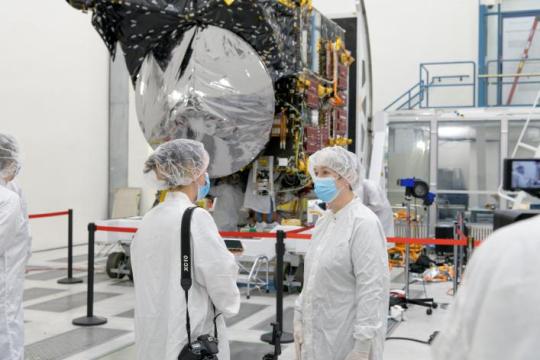
5. This mission runs on collaboration.
To make this mission happen, we work together with universities, and industry and NASA to draw in resources and expertise.
NASA’s Jet Propulsion Laboratory manages the mission and is responsible for system engineering, integration, and mission operations, while NASA’s Kennedy Space Center’s Launch Services Program manages launch operations and procured the SpaceX Falcon Heavy rocket.
Working with Arizona State University (ASU) offers opportunities for students to train as future instrument or mission leads. Mission leader and Principal Investigator Lindy Elkins-Tanton is also based at ASU.
Finally, Maxar Technologies is a key commercial participant and delivered the main body of the spacecraft, as well as most of its engineering hardware systems.
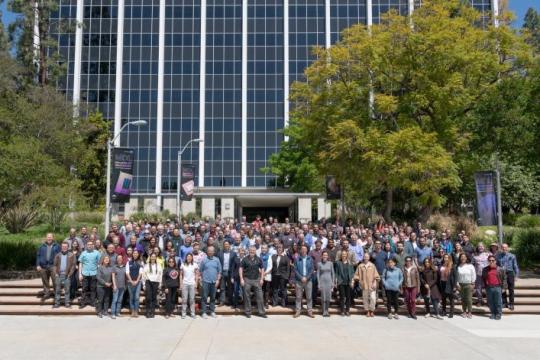
6. You can be a part of the journey.
Everyone can find activities to get involved on the mission’s webpage. There's an annual internship to interpret the mission, capstone courses for undergraduate projects, and age-appropriate lessons, craft projects, and videos.
You can join us for a virtual launch experience, and, of course, you can watch the launch with us on Oct. 12, 2023, at 10:16 a.m. EDT!
For official news on the mission, follow us on social media and check out NASA’s and ASU’s Psyche websites.
Make sure to follow us on Tumblr for your regular dose of space!
#Psyche#Mission to Psyche#asteroid#NASA#exploration#technology#tech#spaceblr#solar system#space#not exactly#metalcore#but close?
2K notes
·
View notes
Text

Clearest photo of Pluto ever taken
#pluto#planet pluto#solar system#astronomy#astronomers#nasa#universe#astrophotography#nasa photos#astrophysics#outer space#nasawebb#hubble space telescope#i love astronomy#astronomy facts#astrography#astro community#astro notes#astro observations#astroblr#space exploration#space#science#science facts#planetary science#cosmos#the universe#galaxy#galaxies#planetary nebula
592 notes
·
View notes
Text

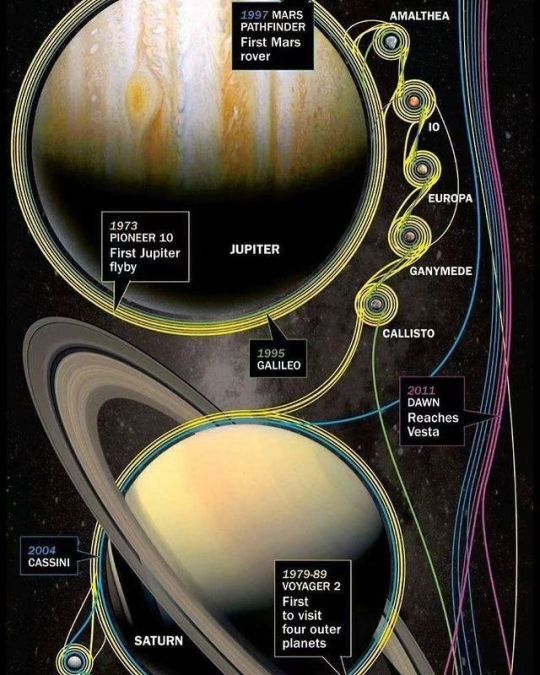
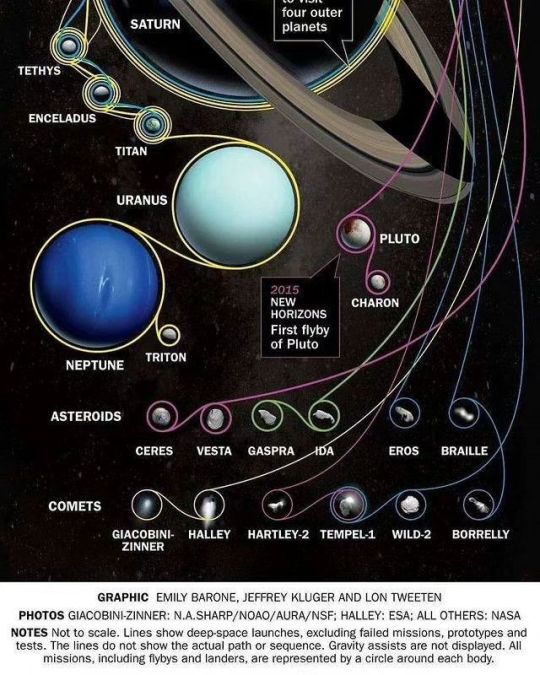
" Nasa's Deep Space Mission " //© Astro Voyagers
#Space#Nasa#ISS#Space Exploration#Space Missions#Planets#Earth#Moon#Sun#Mercury#Venus#Mars#Jupiter#Saturn#Uranus#Neptune#Pluto#Solar System#Galaxy#Galaxies#Milkyway#Universe#aesthetics#wanderlust#explore#follow#discover
537 notes
·
View notes
Text

Earth, which is about 898 million miles (1.44 billion kilometers) away in this image, captured by NASA's Cassini spacecraft 🚀
#space and time#space exploration#outer space#spacex#astronomy#humans are space orcs#astrophotography#solar system#astrophysics#hubble#final space#space science#james webb images#nasa#space#physics
641 notes
·
View notes
Text
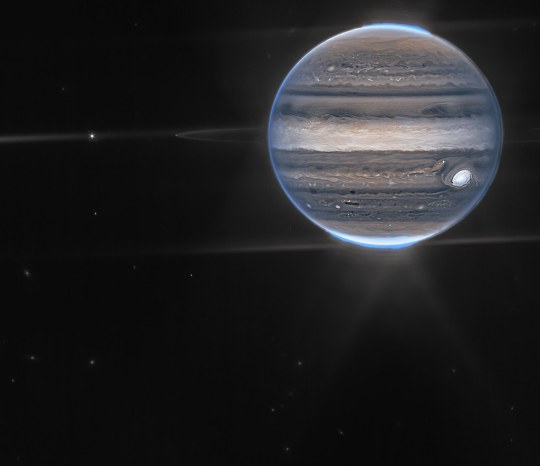
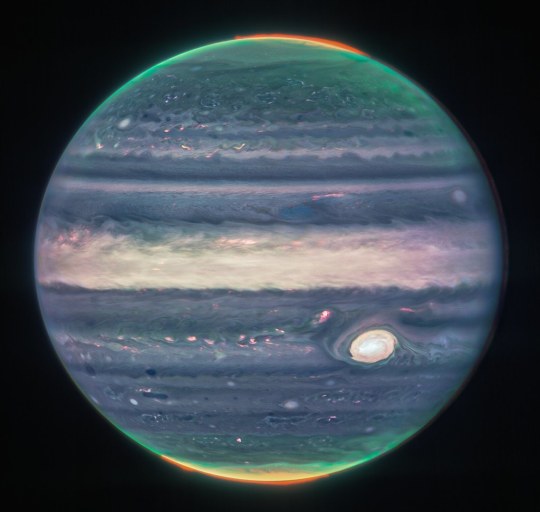
The James Webb Telescope has some new pictures of Jupiter!
#james webb telescope#space#jupiter#planets#space exploration#science#cool#JWST telescope#satalites#im sutch a nerd#this is so cool#new images#image posts#sorce linked#our solar system#the solar system#the galaxy#the universe#stars#space photos#space photography#JWST
4K notes
·
View notes
Text

Mars, as seen by ESA's Mars Express satellite
#go for queue deploy#esa#european space agency#mars#solar system#planet#satellite#space#outer space#space exploration#spaceflight#science#space and astronomy#astronomy#space photography#technology#engineering#stem#exploration#mars express#mars exploration#esa mars express
2K notes
·
View notes
Text
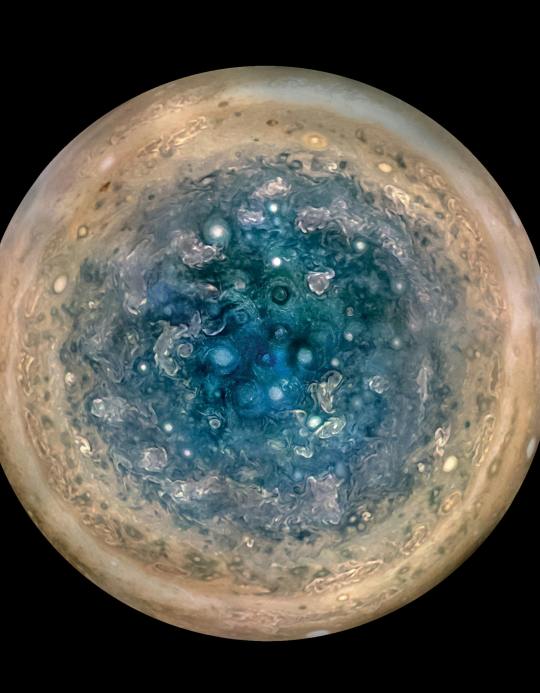
jupiter south pole ~ nasa goddard space flight center | photo x betsy asher hall + gervasio robles
#circle#eye#photography#exploration#nature#astrophysics#solar system#jupiter#juno mission#space#junocam#polar cyclones
172 notes
·
View notes
Text
The Enchanted Learning Astronomy Dictionary

link
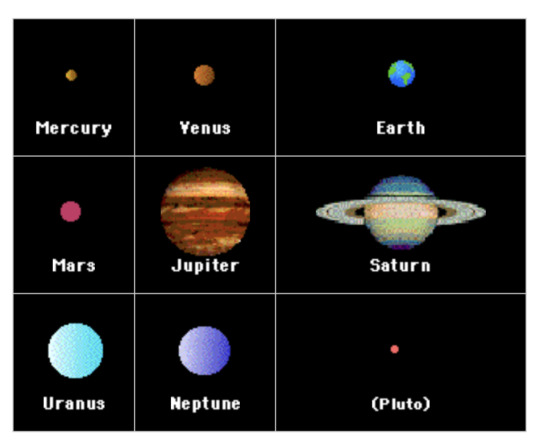




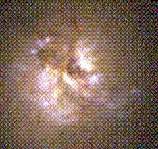


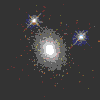








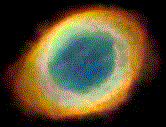




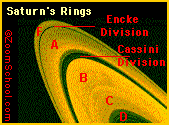
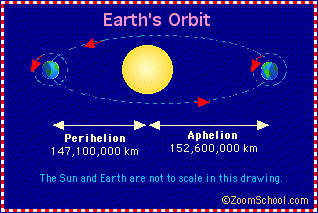
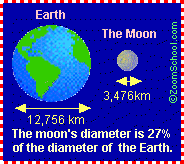

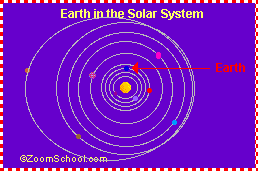
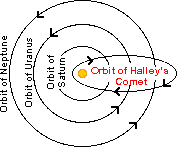

Some of the spectacular images from the Enchanted Learning astronomy dictionary.
#space#Enchanted Learning Websites#satellites#planets#star aesthetic#space aesthetic#old websites#kidcore#cosmos#outer space#pixel art#pixel icons#stars#the galaxy#pixel aesthetic#the solar system#17776#17776 football#what football will look like in the future#old website#old internet aesthetic#old internet#webcore#dictionary#nostalgia#links#nasa#Space exploration#astronomy#1999
127 notes
·
View notes
Text
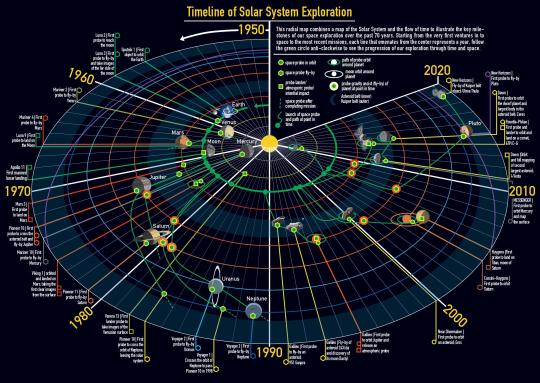
Solar System map that charts the key milestones of space exploration.
by reddit/u/Ray_smit
276 notes
·
View notes
Photo

349 notes
·
View notes
Photo

Ancient Discovery by Julie Dillon
#fantasy art#fantasy#concept art#digital art#art#discovery#dungeon#adventure#quest#expedition#journey#adventuring#exploring#explore#exploration#magic object#artifact#ancient discovery#julie dillon#solar system
197 notes
·
View notes
Text
A unique view of Mars and its scarred surface!

#astronomy#nasa#astronomers#universe#astrophotography#nasa photos#astrophysics#outer space#nasawebb#hubble space telescope#mars planet#mars#planet mars#planetary science#planetary nebula#cosmos#solar system#beautiful earth#i love astronomy#astronomy facts#astrography#astrobiology#space science#space exploration#space#science facts#science#astro community#astro notes#astro observations
582 notes
·
View notes
